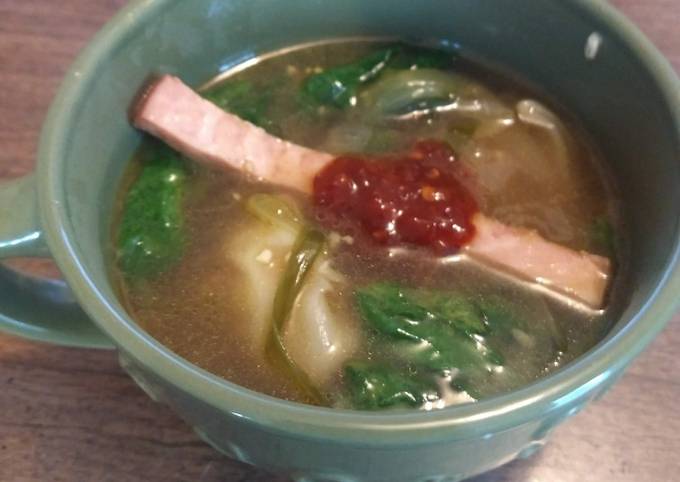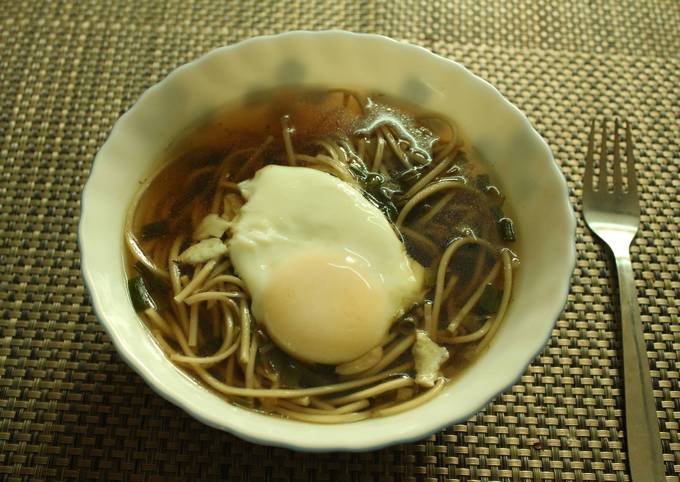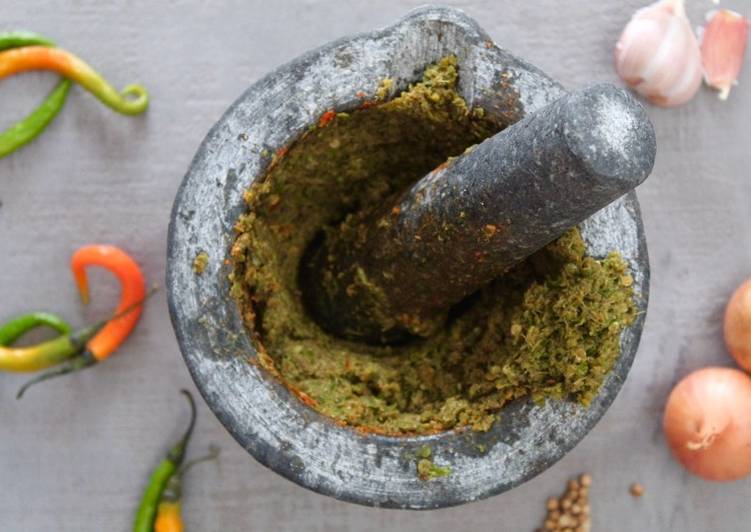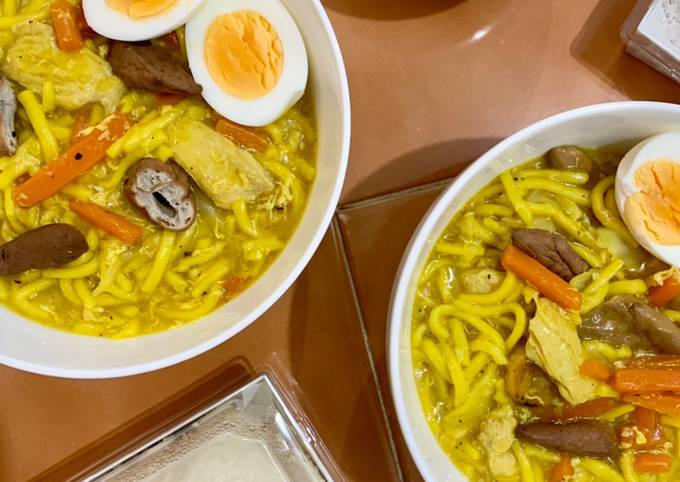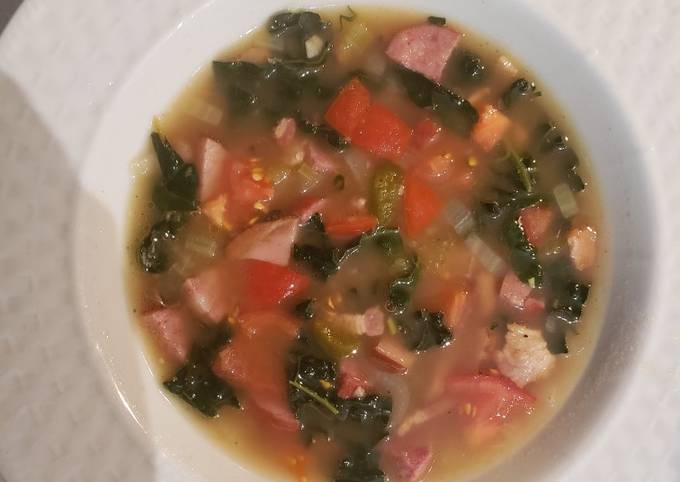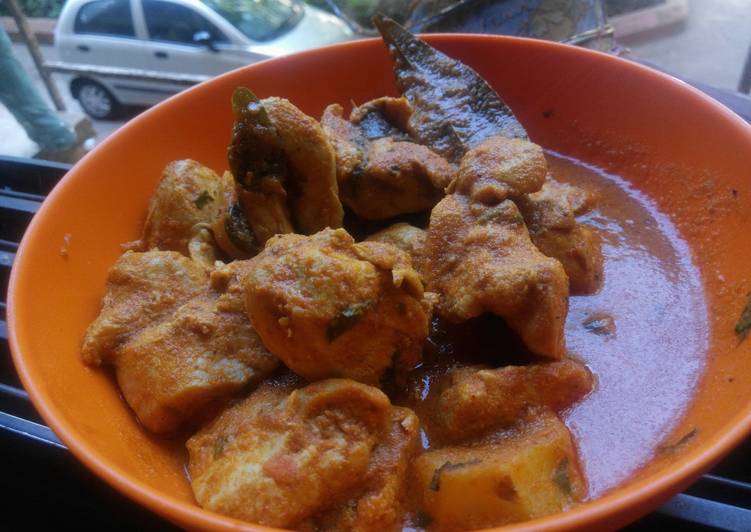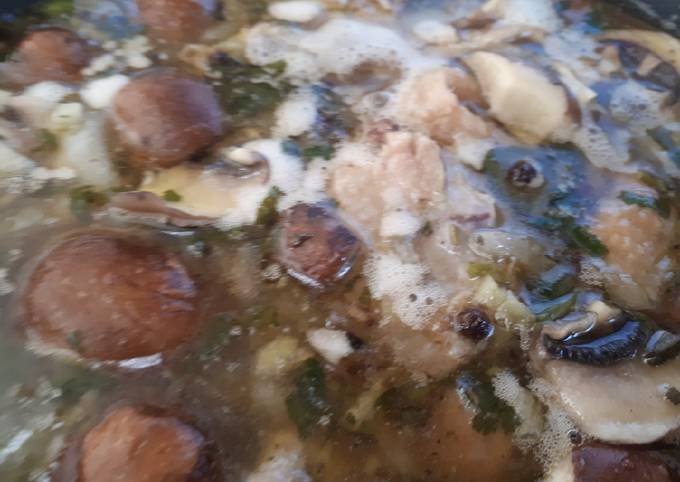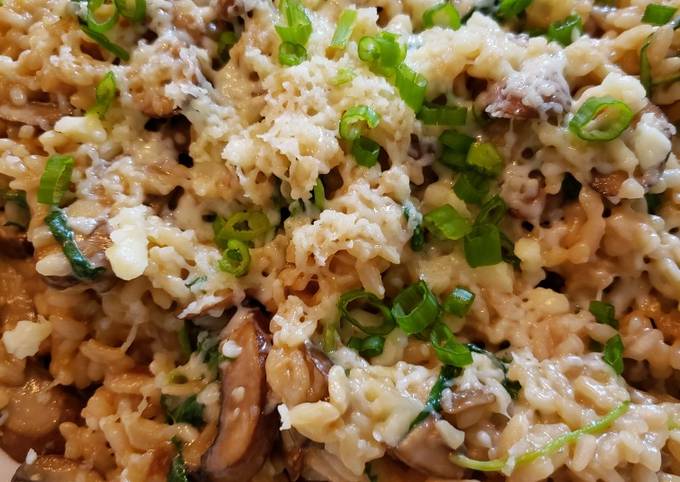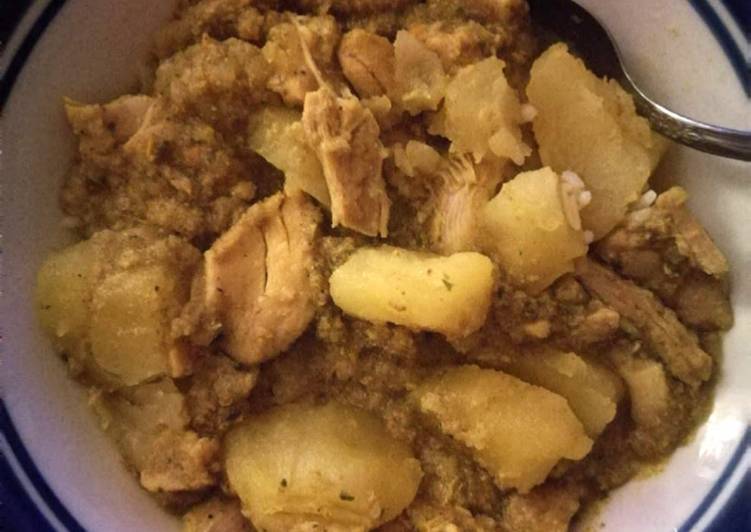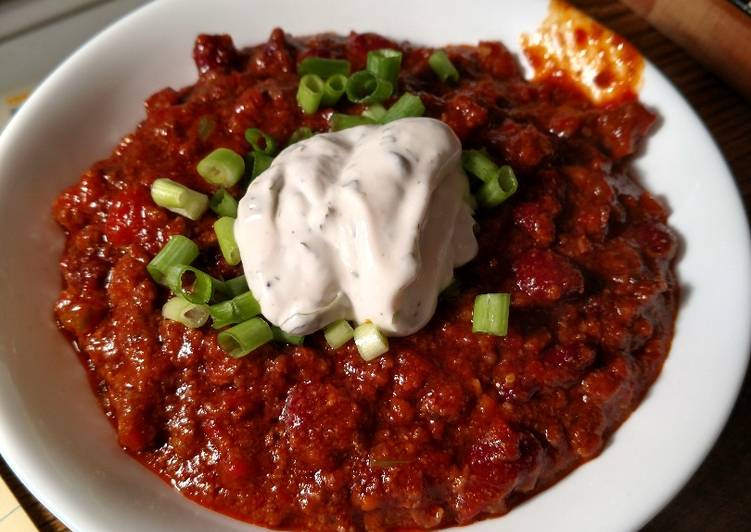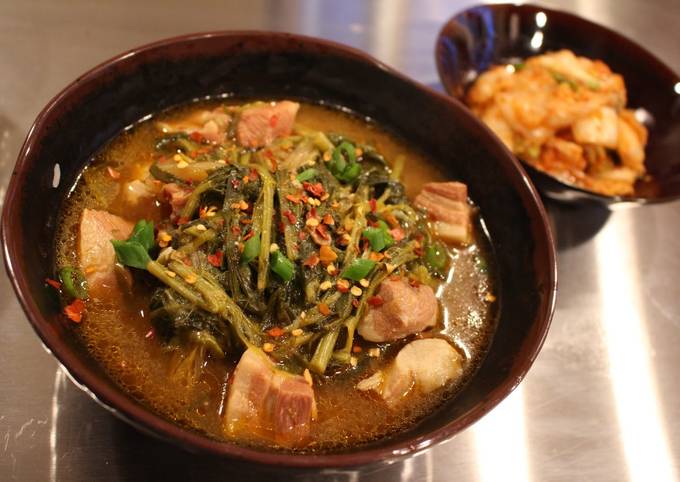
Hey everyone, I hope you’re having an incredible day today. Today, we’re going to prepare a distinctive dish, dwenjang guk (spicy, hearty korean style miso soup). One of my favorites food recipes. This time, I am going to make it a little bit unique. This will be really delicious.
Dwenjang Guk (Spicy, Hearty Korean Style Miso Soup) is one of the most favored of current trending foods in the world. It’s appreciated by millions every day. It’s easy, it’s quick, it tastes yummy. They are nice and they look wonderful. Dwenjang Guk (Spicy, Hearty Korean Style Miso Soup) is something which I’ve loved my entire life.
Home » Korean Soup and Stew » Korean Soybean Paste Soup (Doenjang Guk). Start boiling the dried kelp and dried anchovy stock (Korean style dashi) on high. Korean fermented soybean paste, called doenjang (된장), is more than just a seasoning or an essential ingredient in many iconic Korean dishes. Doenjang, fermented soybean paste, is a staple Korean condiment and used as a base for stew or soup.
To get started with this recipe, we must prepare a few components. You can cook dwenjang guk (spicy, hearty korean style miso soup) using 14 ingredients and 7 steps. Here is how you can achieve that.
The ingredients needed to make Dwenjang Guk (Spicy, Hearty Korean Style Miso Soup):
- Get 5 cups unsalted stock (chicken, pork, beef, turkey and veg all work fine)
- Get 5 cups water
- Make ready 1/2 an onion, cut into thirds
- Prepare 4 garlic cloves, peeled and crushed
- Prepare 1/4 cup dwenjang (or miso if you don't have dwenjang, but dwenjang is usually much more pungent)
- Get 2 Tablespoons to 1/4 cup gochujang (Korean chili paste), depending on how hot you like things
- Take 2 teaspoons sugar (to round out the flavors and the salt from the pastes)
- Make ready salt and/or fish sauce if needed to adjust the seasoning
- Make ready 8 cups leafy green veg, fresh or extruded (it'll look like a lot, but it will reduce quite a bit after cooking)
- Take 1-2 fresh jalapeños or serranos if you like a little extra heat and chili flavor (optional)
- Make ready Optional if you'd like protein (you can do one or the other, or half of each):
- Make ready 1 pound pork shoulder or beef stew meat cut into 1-inch cubes (optional, but it helps to have a little protein if you're going to make a meal of it)
- Take or
- Prepare 1 package medium or firm tofu (usually 12 to 14 ounces), drained and cut into 1-inch cubes
Adding Korean spices and chilli to a quintessential bowl of miso can give a richer taste and aroma that compliments miso's normal umami flavour. See recipes for Dwenjang Guk (Spicy, Hearty Korean Style Miso Soup) too. There are some elaborate Korean soups and stews that take quite a bit more work to make, but Dwenjang Guk (DWENjahng GOOHK) - dwenjang meaning Korean style miso and guk meaning soup - is a super. As a savory and spicy dish, Jaeyook Bokkeum is a perfect example of Korean Anju.
Instructions to make Dwenjang Guk (Spicy, Hearty Korean Style Miso Soup):
- Put the stock, water, onion, garlic, dwenjang, gochujang, sugar, meat and any extruded veg into a large pot (fresh veg goes in later). Bring to a boil, covered, over medium high heat (should take 15 minutes or so).
- Once it's come to a boil, turn the heat down to medium low and simmer, covered, for another 20 minutes before adding any fresh veg and tofu.
- Simmer another 10 minutes or so, then adjust the seasoning for salt. If you've added fresh veg and/or tofu, you will almost certainly need to adjust for the water they will release into the soup.
- Simmer another 15 minutes with the lid askew, adjust seasoning one last time if needed, and that's it!
- If you want to have it with rice, you'll want to put the rice on to cook when you leave the soup to simmer the first time.
- It's always yummier with kimchi. Here's my kimchi recipe (which of course you would have to have made days to weeks in advance): - - https://cookpad.com/us/recipes/1567994-kimchi-easier-than-you-think
- EXTRUDING LIQUID FROM GREENS: Just wash the greens, sprinkle them with salt, and let them sit for a couple of hours, tossing them 2 or 3 times during the process, letting the salt draw the moisture from them. After they've released the excess liquid, just give them a good swish in a big bowl full of clean water, and squeeeeeeeze all that liquid out. You can then freeze the greens for future use, or refrigerate them for 2 to 3 weeks before using.
There are some elaborate Korean soups and stews that take quite a bit more work to make, but Dwenjang Guk (DWENjahng GOOHK) - dwenjang meaning Korean style miso and guk meaning soup - is a super. As a savory and spicy dish, Jaeyook Bokkeum is a perfect example of Korean Anju. A spicy, hearty noodle soup packed with robust flavors! Mandu Guk - Korean Dumplings Soup - Messy Witchen. This cabbage soup (Baechu Dwenjang Guk) made with Korean fermented soybean paste (deonjang/dwenjang) is the ultimate comfort food for Koreans.
So that is going to wrap it up with this exceptional food dwenjang guk (spicy, hearty korean style miso soup) recipe. Thanks so much for your time. I’m sure you can make this at home. There’s gonna be interesting food at home recipes coming up. Don’t forget to bookmark this page on your browser, and share it to your family, friends and colleague. Thanks again for reading. Go on get cooking!

